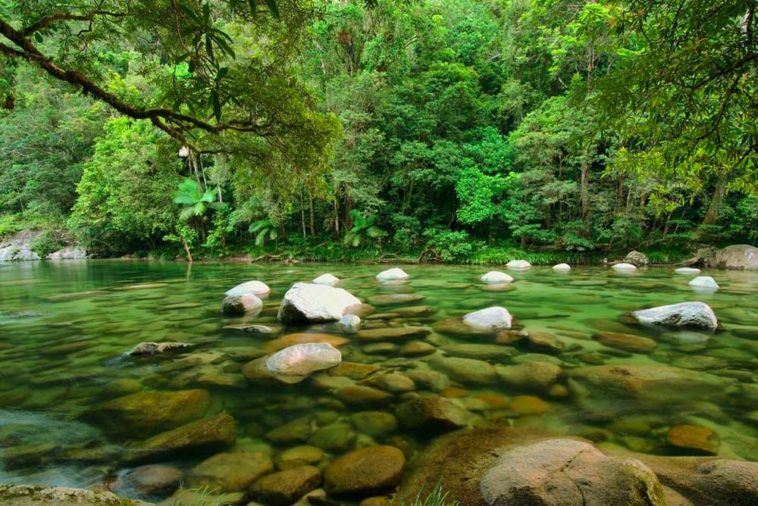Without a forest there is no life. The maintenance and preservation of all species on the planet (all, including human) depends on the conservation of forests. And the more we know about the world's forests, the more we can help to care for and protect each one.
Therefore, we brought in this post the top 10 with the largest forests in the world. Come on, discover this green immensity?
Top 10 largest forests in the world
10th – Sinharaja Forest Reserve – Srilanka
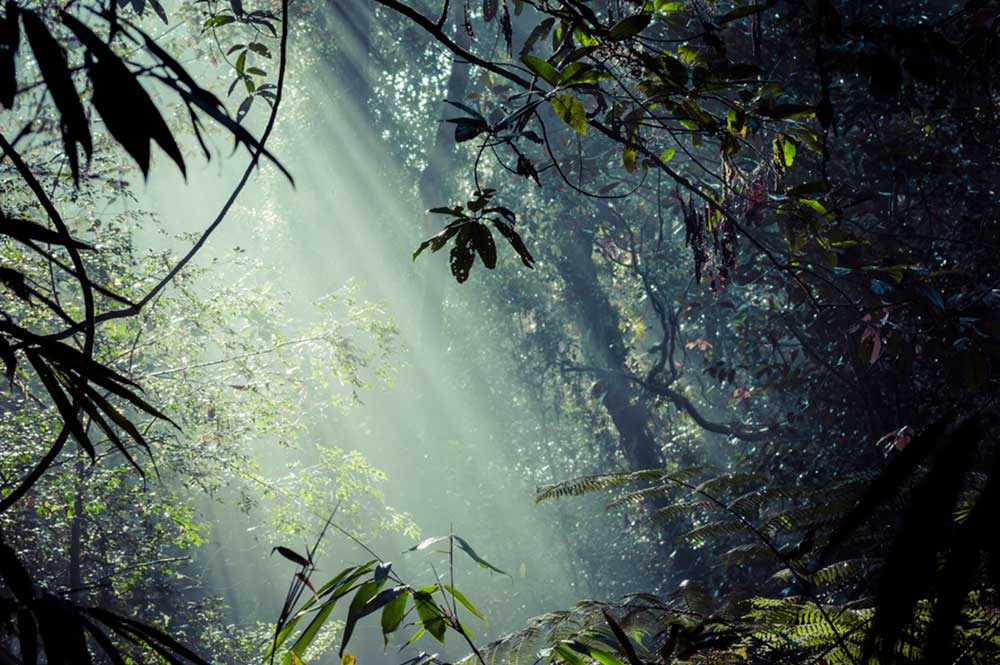
Srilanka is home to the 10th largest forest in the world, called Sinharaja Forest Reserve.
In 1978, UNESCO declared the forest to be a world heritage site and a biomass reserve.
With more than 88 thousand square meters, this forest, considered tropical, is home to endemic species, that is, that only exist there. The green area is home to hundreds of thousands of species of plants, mammals, birds and amphibians.
09º – Temperate Valdivian Forest – South America
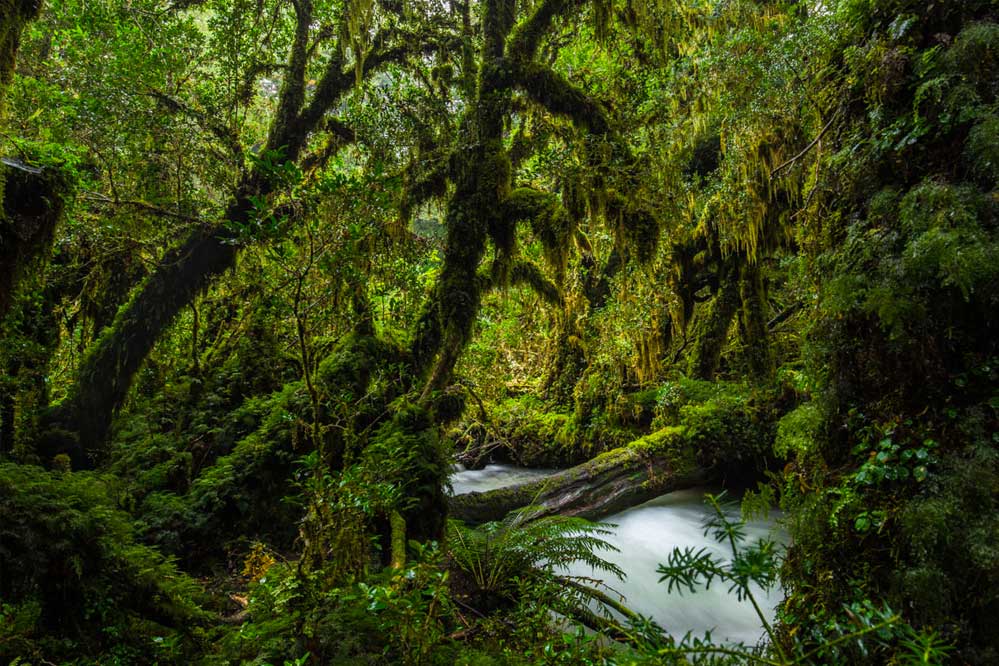
The ninth largest forest in the world is in South American territory, more precisely over the territory of Chile and taking part of the Argentine territory.
The Valdivian Temperate Forest has just over 248 thousand square meters and is home to a rich diversity of fauna and flora species. Among the animals that can be found there, we can highlight the puma, the mountain monkey, the pudding and the black-necked swan.
08º – Emas and Chapada dos Veadeiros National Park – Brazil
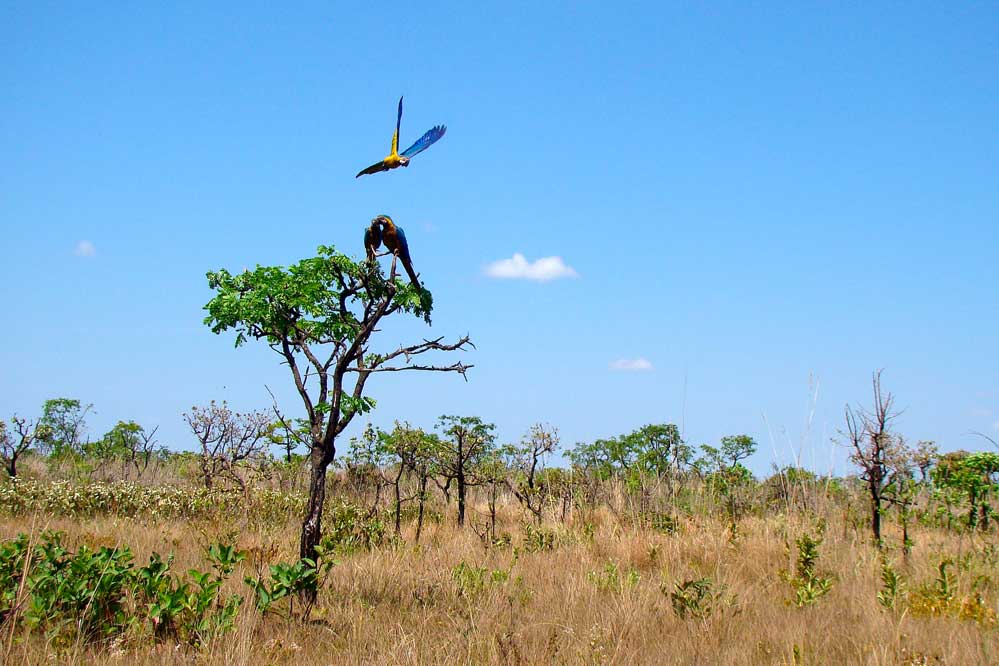
Brazil is home to very important biomes for several species of fauna and flora on the planet. And one of these sanctuaries is located in Chapada dos Veadeiros, in the state of Goiás, within the Emas National Park.
In addition to being a beautiful place, with some of the oldest waterfalls and rock formations in the world, Chapada dos Veadeiros is also home to several species of the cerrado.
Unfortunately, the 655,000 square meters is constantly being threatened by the soy plantation that takes place around it.
07º – Monte Verde Clouded Forest Reserve – Costa Rica
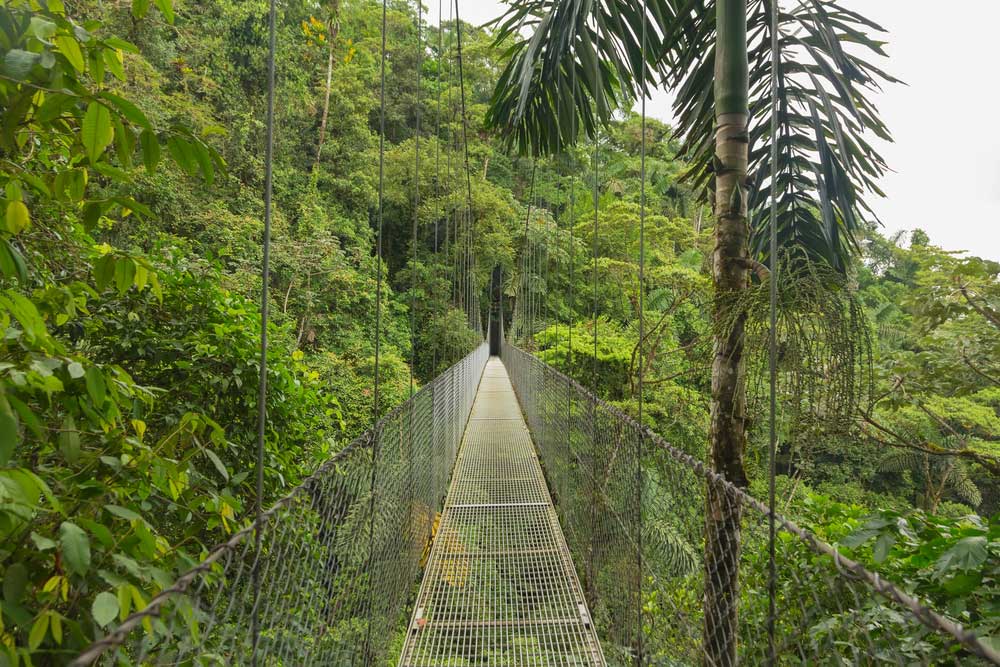
The Monte Verde Cloud Forest Reserve, in Costa Rica, has this curious name because it is always covered by clouds, thanks to its location in a high and mountainous region.
The site is home to the largest concentration of orchid species in the world, with more than 300 different varieties.
In addition, the reserve is also home to giant ferns and mammals, such as the puma and the jaguar.
06th – Sundarbans National Park – India and Bangladesh
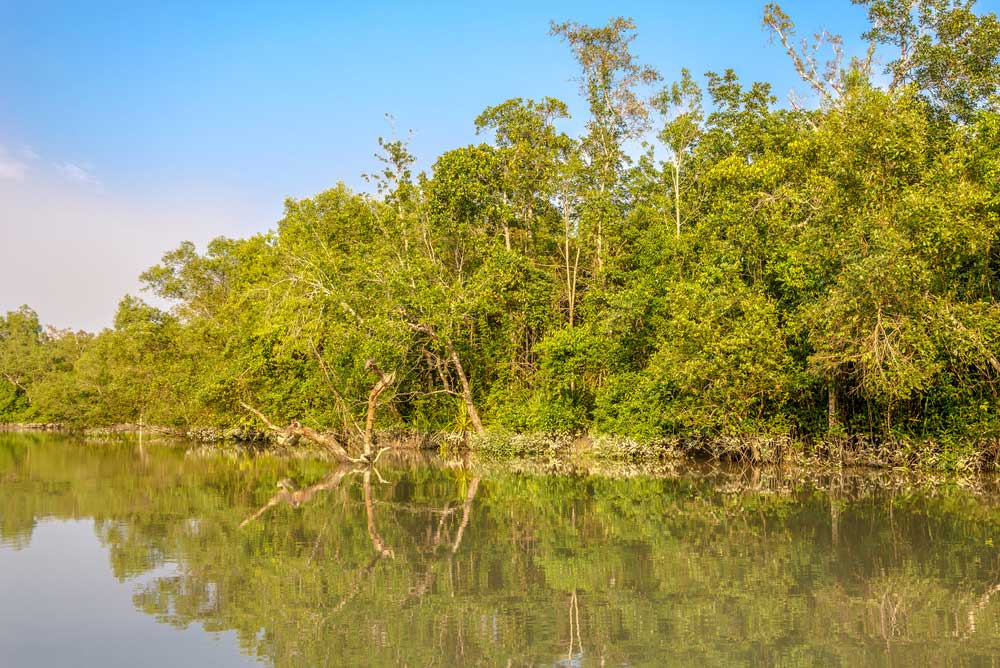
Home to the famous Bengal Tiger, Sundarbans National Park is the sixth largest forest in the world and is located between the territories of India and Bangladesh.
The forest is considered marshy, as it is the crossing point of the Ganges River.
05º – Clouded Forest – Ecuador
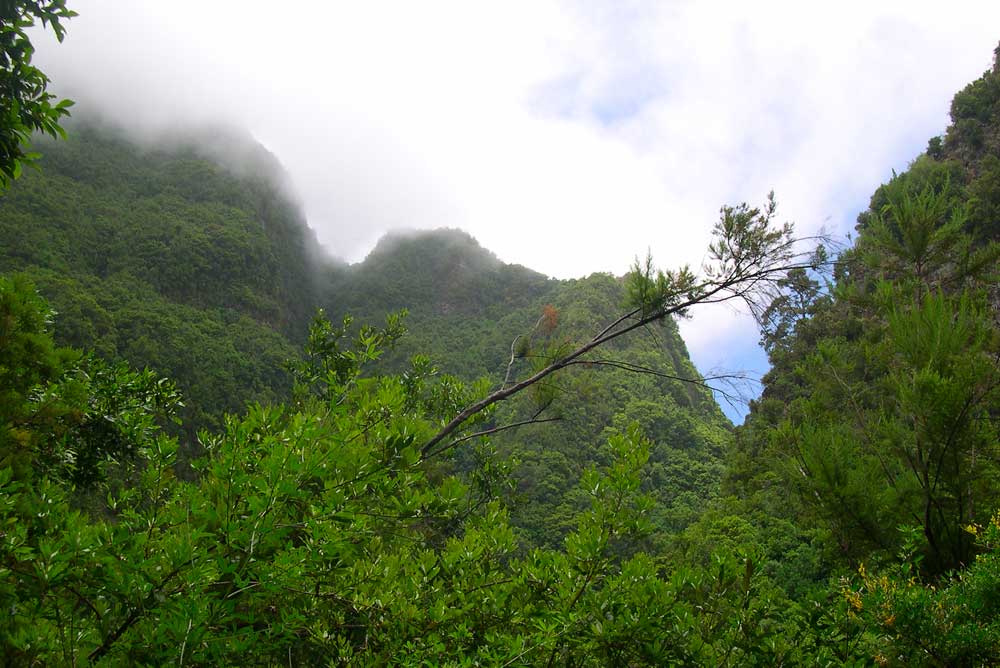
The Monte Verde Cloud Forest Reserve has the same characteristics as the cloud forest of Costa Rica, hence the name.
The site is home to hundreds of plants and animals, as well as being responsible for about 20% of the world's bird biodiversity.
Unfortunately, the Cloud Forest has also been suffering from deforestation and indiscriminate and abusive exploitation.
4th – Daintree Forest – Australia

And fourth place on the list goes to Australia's Daintree Forest. This beautiful forest is the oldest in the world, more than 135 million years old.
In 1988, the Daintree Forest, home to 18% of the planet's biodiversity, was considered a World Heritage Site.
03 – Congo Forest – Democratic Republic of Congo
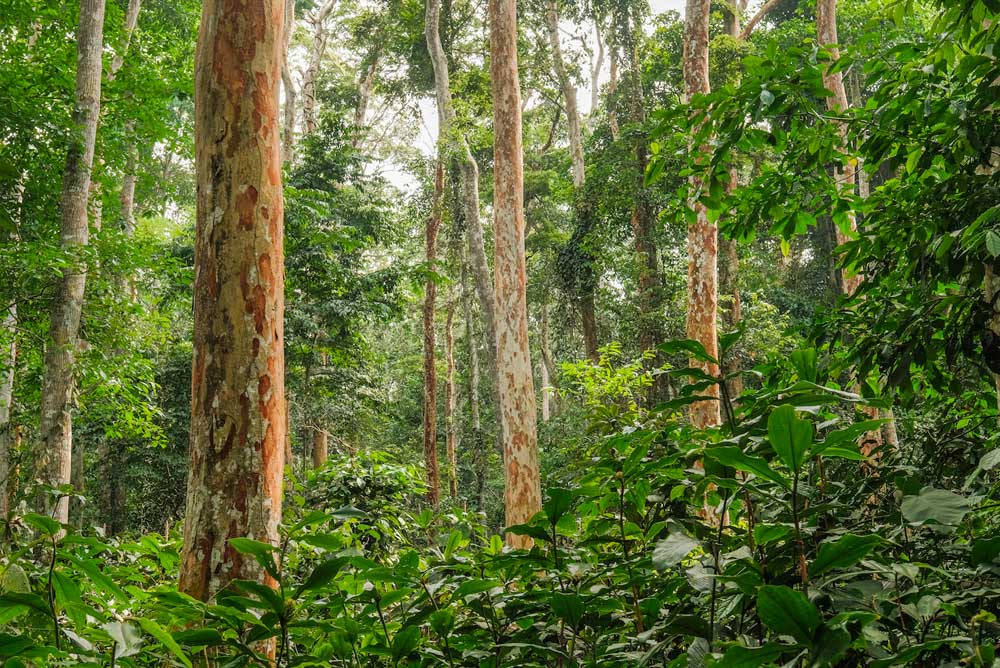
The Congo Forest, located in the Democratic Republic of Congo, is responsible for 70% of the vegetation cover of the African subcontinent.
The importance of this forest is immense, especially since many species that live there are endemic, do not exist elsewhere, as is the case with the Chimpanzee Pygmy.
But, unfortunately, deforestation is a threat that puts the survival of the forest and its entire ecosystem at risk. In addition to deforestation, poaching is another serious problem faced by those who defend the forest.
02 – Taiga Forest – Northern Hemisphere

The largest forest in the world by area is the Taiga Forest. Considered as the largest terrestrial biome in the world, this forest occupies a gigantic area in the northern hemisphere, adapting to the subarctic climate and low temperatures.
Taiga starts in the northern part of Alaska, goes to Canada, reaches southern Greenland, and then reaches Norway, Sweden, Finland, Siberia and Japan.
Its total area of 12 million square kilometers is responsible for about 29% of the planet's vegetation cover.
Taiga is also known as the Coniferous Forest, since cone-shaped trees, such as pines, are predominant.
One of the most illustrious residents of Taiga is the Siberian tiger.
01 – Amazon Forest – Brazil and other South American countries
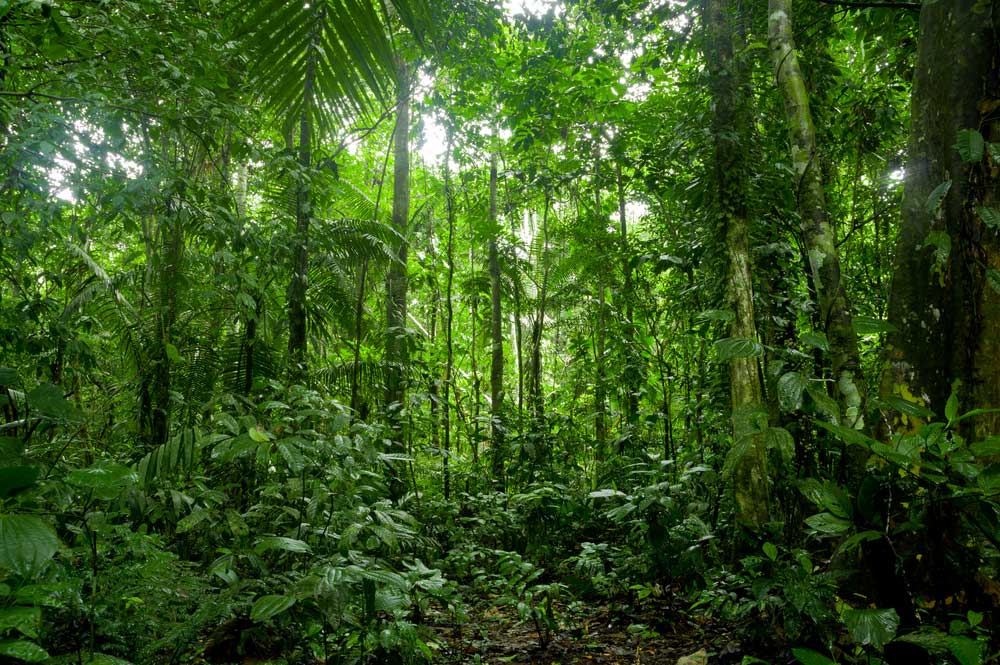
And the first place, as you may already know, goes to her: the beautiful and Brazilian Amazon Forest. With just over 7 million square kilometers, the Amazon rainforest is the largest tropical forest in the world and its importance for life on Earth is gigantic.
Located in an area that encompasses, in addition to the northern region of Brazil, seven more countries in South America (Colombia, French Guiana, Bolivia, Suriname, Peru, Venezuela and Ecuador), the Amazon rainforest is the largest storehouse of species in the world, both fauna and flora.
It is estimated that more than 30 million species of animals and 30 thousand species of plants occupy the forest, distributed in mangroves, islands, rivers, savannas, igapós and river beaches.
The Amazon rainforest is also home to the largest river reserve on the planet. About 20% of the world's water resources are in it. In addition, the Amazon is also the great lung of the Earth, being responsible for generating more than 20% of oxygen.
We must also mention the importance of the Amazon for several indigenous tribes, spread not only in the Brazilian territory, but also in the other countries covered by the forest.
Why conserve forests? And what you can do
Global warming, water scarcity, desertification and cataclysms are just some of the terrible things that humans experience (or will experience) due to deforestation and the lack of preservation of forests.
Everything in nature, including us humans, is part of a perfect balance and anything that is out of place has negative consequences.
And each of us has everything to do with it and can (and should) take action on a daily basis to contribute to the preservation of forests.
Yes, nothing more than just watching TV news, complaining and waiting for a government action that, let's face it, is not very interested in this issue.
Believe me, you don't have to become an activist or take refuge in the bush. It is possible to continue living your life, but in a more conscious and sustainable way.
Here are some practical tips on how you can help stop deforestation and forest destruction. Remembering that it may seem little, but when each individual takes a part of the responsibility for himself, the change gains strength.
Responsible companies and conscious consumption
We consumers have enormous influence over companies, after all, they need people to buy their products.
And every day we make purchasing decisions, whether at the supermarket, the bakery, the mall or the cafeteria.
Why not support companies that adopt sustainable and environmental preservation policies? Make the switch.
Prefer to buy from companies that support indigenous and riverside communities, that use reverse logistics, that offer biodegradable and sustainable packaging, that have seals of origin and environmental certification, among other actions.
Support the indigenous cause
The indigenous population is a great protector of the forest and by supporting the movement of land demarcation, you contribute so that the Amazon remains standing.
In addition, always look for products and companies that value indigenous communities and also support this cause.
Consider vegetarianism
Agribusiness is not pop, it is not legal and today it is largely responsible for deforestation and forest burning in the world, including the Amazon.
According to a survey conducted by the Forest Trends Institute, about 75% of the deforestation that occurred on the planet between 2000 and 2012 comes from the agricultural sector. A business that moves more than 61 billion dollars annually. In other words, there are people who benefit from the deforestation of forests.
And what do you and vegetarianism have to do with it? Simple: all this deforestation has a single function: to increase the area of cattle breeding for human consumption. And what cattle (as well as other animals for slaughter) eat what? Feed made from soy.
So, basically, the areas of deforested forests serve to raise animals and produce feed for them.
When you consider vegetarianism it automatically reduces meat consumption, impacting this cruel and unsustainable sector of the economy.
Do you think your attitude is little? But it is not. It is estimated, according to an IBOPE survey conducted in 2018, that there are almost 30 million vegetarians in Brazil today (14% of the population), about 75% more than in the last survey conducted in 2012. A movement that tends to increase more each day.
In fact, the UN itself has already declared that the vegetarian diet is the way to a more sustainable planet, and is also one of the most effective ways to combat global warming.
So, what do you think of the idea?
Voting time
We live in a democratic country and this guarantees us to choose a representative every four years. And if the idea is to preserve and guarantee the future of the Amazon, it is not possible to vote for ruralist candidates.
Choose your candidates based on truly sustainable proposals, don't be fooled by cute speeches.
And so, little by little, each one does his part and the largest forests in the world will continue to be the largest forests in the world.

